Home construction is likely to be the biggest expense you will undertake in your lifetime, even if you’re taking advantage of the major savings possible through tiny home ownership. With so much at stake, you definitely want to be sure you’re working with the best of the best in the industry. The Tiny House Blog is here to help! Check out these top ten tips you can put to use to find the right contractor for you.
10. Put together a list of builders to choose from

If you’re fortunate enough to know someone who has had a tiny home built for them, and they’re enthusiastic about referring their builder to you, then you’re already way ahead of the game.
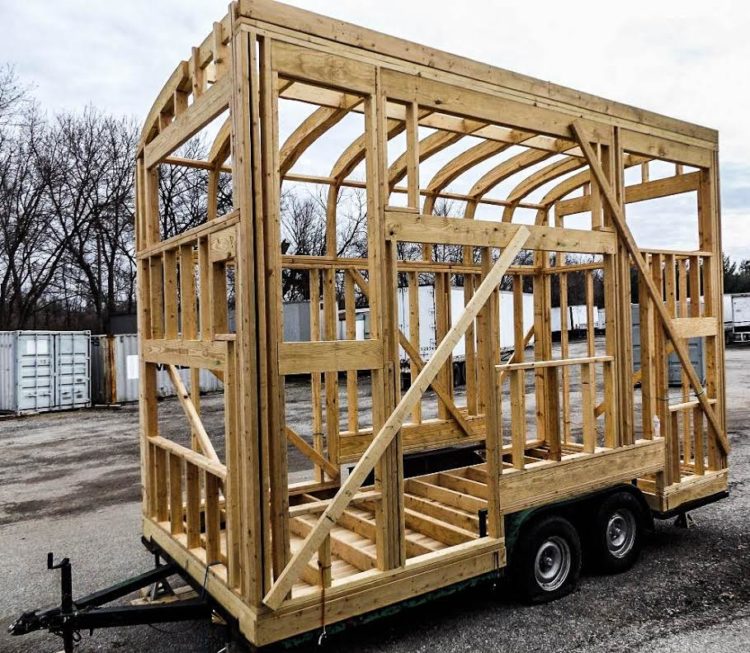
Most of us, however, are going to have to do some legwork to find the perfect contractor. Your first place to look is this page, where you can find tiny house builders, designers and consultants in your area in no time. Everyone listed specializes in building small homes, and you can expect them to be familiar with the kinds of designs you’ll want to consider. You’ll still have to do your homework to determine which builders are best for your situation, as well as your due diligence to ensure that the testimonials they offer are legit. (I have some tips for you on how to do that, below.)
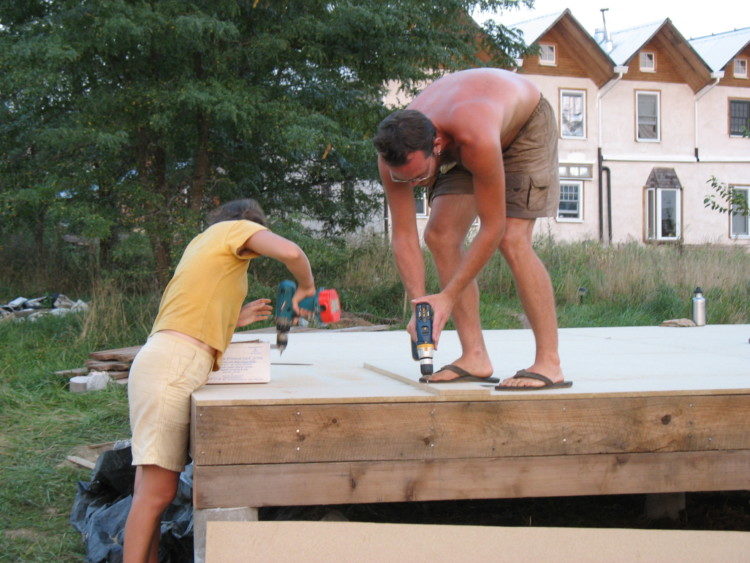
Another resource at your disposal is your local Home Builders Association. All you have to do is ask them for a list of contractors in the area where you want the tiny house of your dreams to be located. Get in touch with your regional branch through their national organization webpage.
9. Interview your prospective builders

Once you have a list of available contractors to choose from, it’s time to get in touch with them and ask a few basic questions. First, if you’re unable to find a contractor that specializes in tiny houses in the area where your home will be located, you’ll want to verify that they are willing to take on a project of the size you want – some conventional contractors may consider your house small potatoes, and you’ll want to rule them out as quickly as possible.

Next, find out how many projects they will be working on simultaneously if they take on the construction of your home. If they have other projects in progress at the time you contact them, you can expect them to be successful professionals with a smoothly operating business plan; whereas if they are available to start tomorrow, then you might have a newbie on your hands, or worse, an unscrupulous person at the bottom of the barrel who is typically passed over by savvy customers.

Ask them for financial references from their bank, (ask the builder for the last five years of their bank reference history,) materials suppliers they customarily work with, any sub-contractors they are used to hiring, as well as a list of previous clients in your area. For now, hold on to this information for later – if a given contractor makes it onto your short-list, you’re going to follow up on these references to further narrow down your options. Any contractor who isn’t willing to provide this information has a reason to want to withhold it, and you should take them off your list without a second glance.
8. Do some background checks
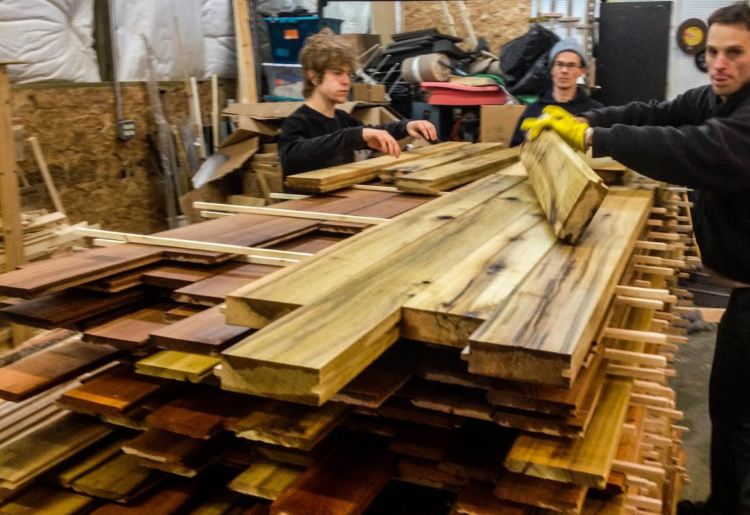
Look up your prospective builders via your local Consumer Protection Agency and your local Better Business Bureau. If the contractor isn’t even registered with these organizations, you can go ahead and cross them off your list.
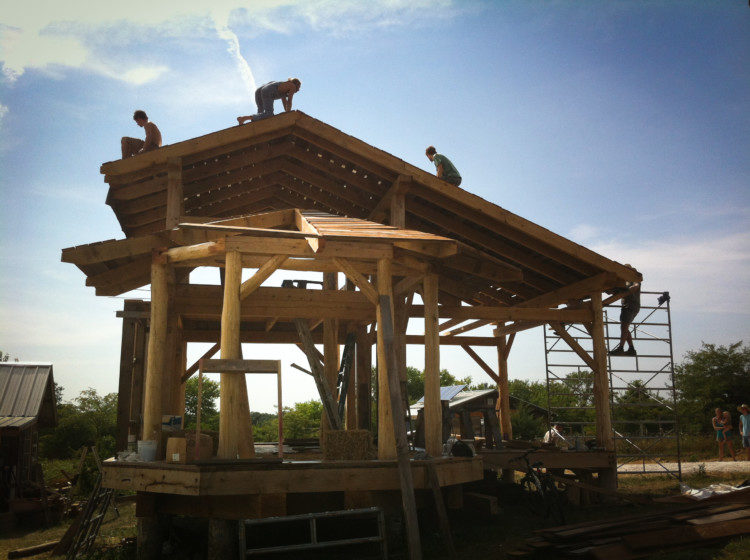
Ask about each contractor’s litigation history, and make note of any complaints received about them. For builders who have been operating for a number of years, it isn’t surprising to uncover a complaint here and there, so finding some negative feedback from their prior customers isn’t necessarily a deal-breaker, and you’ll certainly want to apply some skepticism and use your common sense to determine whether the complaint is fair and reasonable. Make note of the concerns that were named and ask the contractor about them to get their side of the story. However, if the contractor has a long track record of unhappy customers, or they are currently involved in long-standing litigation, you probably want to think twice about hiring them.
7. Make your short-list and collect estimates

By this point is the process, you should have a handful of solid contractors that you’re willing to consider working with; you want at least three, and more is better at this stage. Schedule a face-to-face meeting with each of them, preferably at a current job site so that you can assess their work style, their level of professionalism, and how they interact with their employees and current customers, (who you’ll want to take a moment to introduce yourself to, while you’re at it).

The goal here is to collect estimates from each of your prospective builders. An estimate is not a bid, it’s only a ballpark figure. You want a sense of how much money they will charge for your project, as well as how long they think it will likely take them to build it. The average price per square foot in the United States is around $125, though it will vary, of course, depending on the materials you are choosing. Make sure that any cost ranges and allowances are realistic. As for duration of construction, 6 – 9 months is a reasonable timeframe to expect from a builder who already has a project or two in the works.
6. Compare bids and get ready to talk turkey

Now that you have some estimates to review, go ahead and throw away the lowest one. Chances are, that contractor is offering a low-ball estimate because they know you’re shopping around and they want to draw you in, (possibly with the strategy of springing higher costs on you later in the process,) or because they are accustomed to cutting corners and using sub-standard construction methods. It could also be that they are desperate for work; they might be brand new to the business or they might be having a hard time satisfying their customers. Whatever the case, you probably don’t want to work with them.

As for the others, request formal bids that include a detailed price list for materials and labor. Make sure that you have given them all the information they need to make accurate calculations, such as the specific materials and fixture installations you want them to use. Bids aren’t going to help you, if you aren’t comparing apples to apples. There shouldn’t be any ambiguity here. If a contractor is using confusing terms, or it seems like line-items have been included that shouldn’t be there, they could be trying to pull the wool over your eyes. Beware of anyone offering deep discounts – in the real world, there’s no such thing, and you’ll end up paying the price for so-called savings later on in some other way.

Generally, you can expect materials to make up about 40% of a bid price, with roughly 40% set aside for labor, and the remaining 20% or so added as the contractor’s profit. To get some more insight into how much your tiny house project might cost, have a look at this article.
5. Follow up on their references
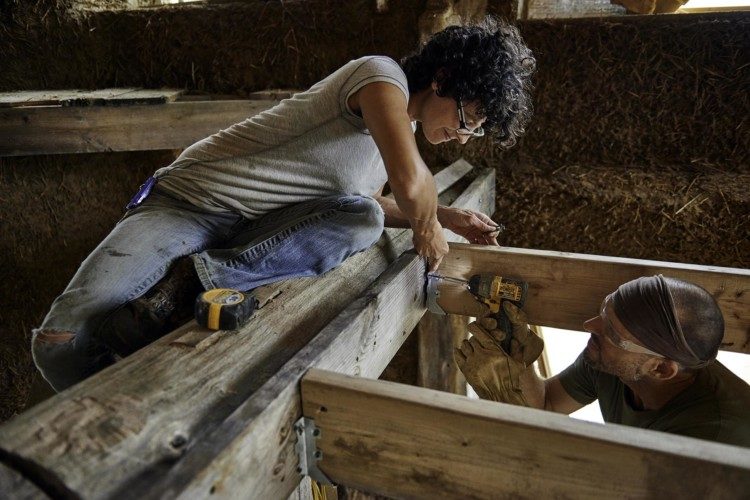
Before you make a final decision about which of your bids to go with, you’ll want to check in with the references they gave you earlier. Ring up their suppliers and ask how long the contractor has been working with them and whether or not they have a line of credit on file. If your prospective builder has established a good rapport with their suppliers, you can expect them to be reputable and able to follow through on their commitments; if they haven’t, then you might second-guess whether you want to work with them. Contact their sub-contractors as well, and verify that they have been paid on time and have a good working relationship with the building company you’re researching.
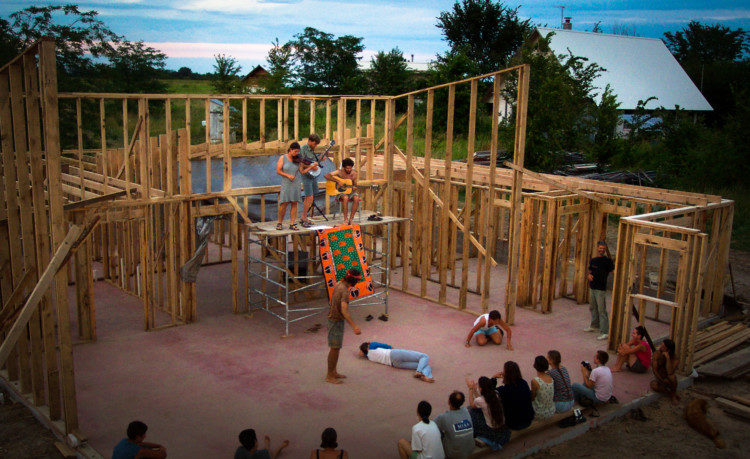
At this point, you will want to set aside some time to visit as many of their prior projects as you can. Ask the homeowner how their experience was during construction, what it was like working with the builder, whether they have experienced any problems with the construction since it was completed, and how well the property has retained value over time. People are much more likely to report bad experiences than good ones, and in this case, they won’t have anything to lose by being honest with you if they feel like the builder was a bad fit, so can likely trust their testimony. While you’re visiting them, ask for a tour of the home or permission to have a look around on your own. At a minimum, drive by slowly and rubber-neck a bit. Make sure the finished work meets your standards in every respect.
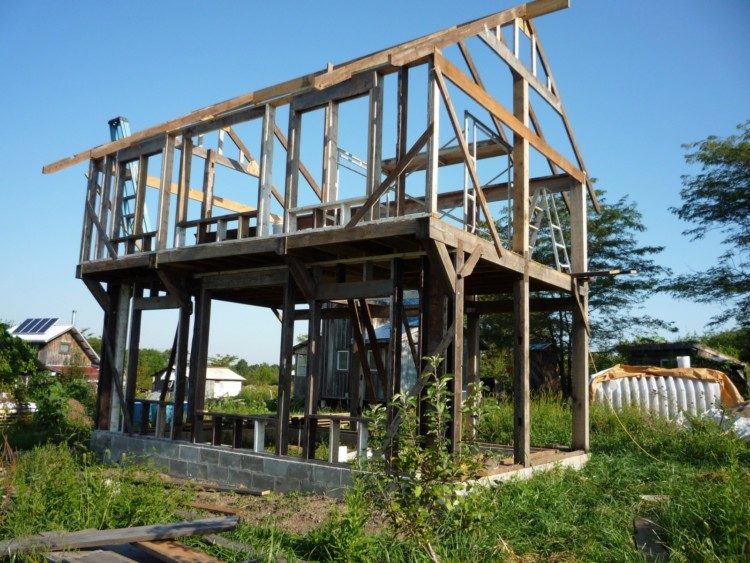
These are some of the red flags you should keep an eye out for:
•Promises of discounts for leftover materials from a prior job, or in exchange for using your house as a demonstration project
•Unverifiable business information, such as licensing status or physical address, (or someone using only a P.O. Box)
•Answering services without a separate listing in the phone book, or a direct line to the person you are working with in discussing your project
•No affiliation with a recognized trade organization
•Unwillingness to provide references
•High pressure sales tactics, such as threatening to dissolve the deal if you don’t sign immediately
4. Discuss payment plans
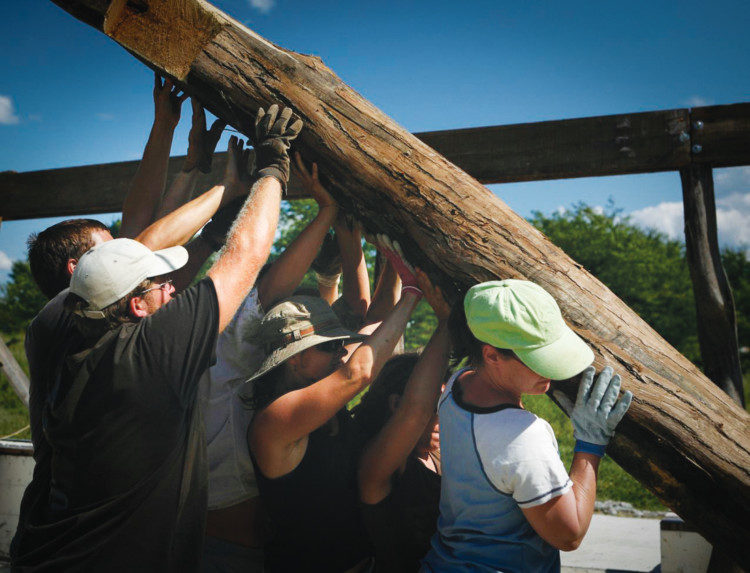
Industry standard for the payment schedule for new construction is 10% at contract signing, three installments of 25% spaced out over the course of the agreed-upon construction period, and the final 15% after your final inspection and signal of approval to the contractor. If you want to, you can also withhold the last 5% or so until 30 days after the construction is completed, which will give you a chance to live in the home for a while and observe any problems that might come to light through daily habitation.
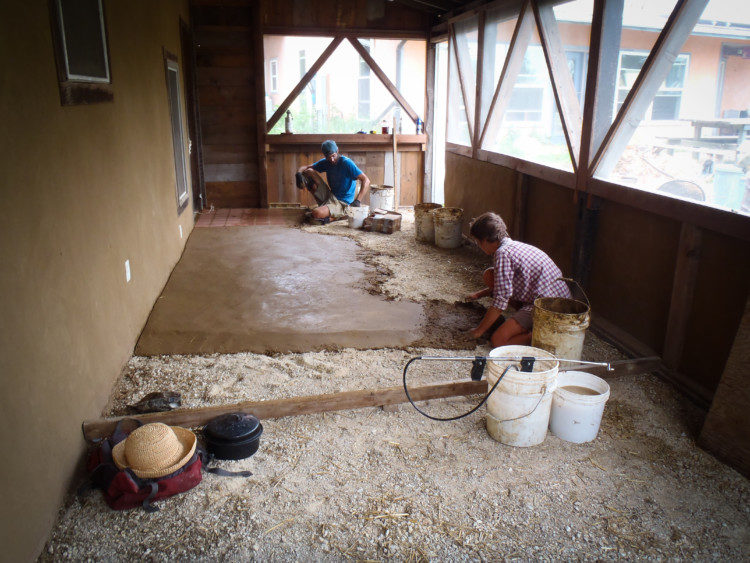
If your contractor wants too much money up front, they might have financial problems due to bad business practices, or they might fear, based on prior experiences with unhappy customers, that you will refuse to complete payments after seeing the shoddy quality of their work. The percentage guidelines indicated above are not written in stone, so don’t be put off by minor variations, but you definitely don’t want to expose yourself to a lot of risk by paying a fortune up front. If the payment plan has to be their way or the highway, it’s a good indication that they won’t be flexible or responsive to your needs during other aspects of the project either, so you should go ahead and say goodbye to them at this point.
3. Hammer out the contract details

At this stage, you should still have more than one contractor available to you to choose from. Now you’re going to ask them to draw up a contract for you and your attorney to review. Just like you compared the bids earlier, you’re going to compare contracts and hone in on the one that best serves you.

Here are some of the things you’ll want to ensure are addressed in the contract to your satisfaction:
•Start and end dates for the overall project, including penalties to the contractor for failure to complete your tiny home by the agreed time
•The agreed-upon price and details of your payment schedule
•Details of the builder’s warranty on their work
•Proof of liability insurance and a worker’s compensation plan, just in case neighboring property is somehow damaged during construction, or a subcontractor is injured during the building process
•Details of how change orders are to be submitted and approved by you as well as the contractor
•Any specific materials and fixture installations, including brand names where appropriate, along with assurance that you will receive copies of all receipts
•Get a guarantee of a dry basement, if your tiny home will have one
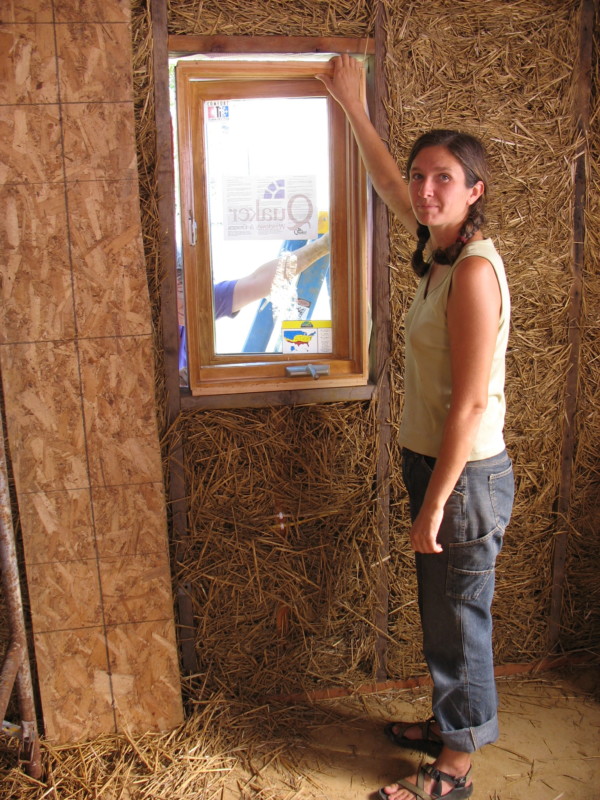
•Get a guarantee that you home will be considered road worthy and street legal, if your design is for a tiny house on wheels
•Require that the contractor handle all licensing and inspection requirements with your local government
•Require that the contractor obtain lien releases from any sub-contractors they plan to employ; this will absolve you of third-party litigation in case your builder decides not to pay their bills
•A clear statement of what is and is not included in the design plan of the project and its budget
•Require that emergent problems be dealt with during construction, rather than afterwards, and agree on how you will communicate your concerns to the builder
•Agree on how to address any future repairs that may become necessary following completion
2. Pick their brain about the craft of tiny home construction

Take some time to get to know the final candidates among the builders you’re choosing from; gauge their passion and their knowledge of the craft. Ask them what kind of window system is most energy efficient. Have them explain the pros and cons of different wood species for different applications. You will learn more about the nuances of your project and possibly glean some excellent ideas, as well as some insight into their level of expertise. You want a builder who is just as passionate about the tiny house movement as you are, and who understands where you’re coming from. A contractor who speaks volumes about shaving off a few cents here and there to “save you money” is more likely to build you a heap of wham-bam ticky-tacky than a builder who waxes poetic about the beauty of reclaimed spalted maple.

This is also a perfect opportunity to ensure that the builder is willing to work to your standards and preferences. For example, one of the choices you might have to make in your design is whether to opt for 2×4 or 2×6 framing. Your builder should not only be able to amply inform your decision, but they should give you the opportunity to do some independent research, make a choice and follow through accordingly. A builder who wants to insist on their way of doing things might prove to be a pain in the neck in other ways throughout the process.
1. Communicate early and often

During the course of selecting your builder, you will have many chances to interact with them. Think back on who was easy to reach, and who took weeks to respond to your voicemail. Consider who reacted defensively to your thorough investigation, and who volunteered the information you were looking for before you even asked. Most importantly, who was best at incorporating your input and feedback about the project, from the design of your home right down to the final contract.
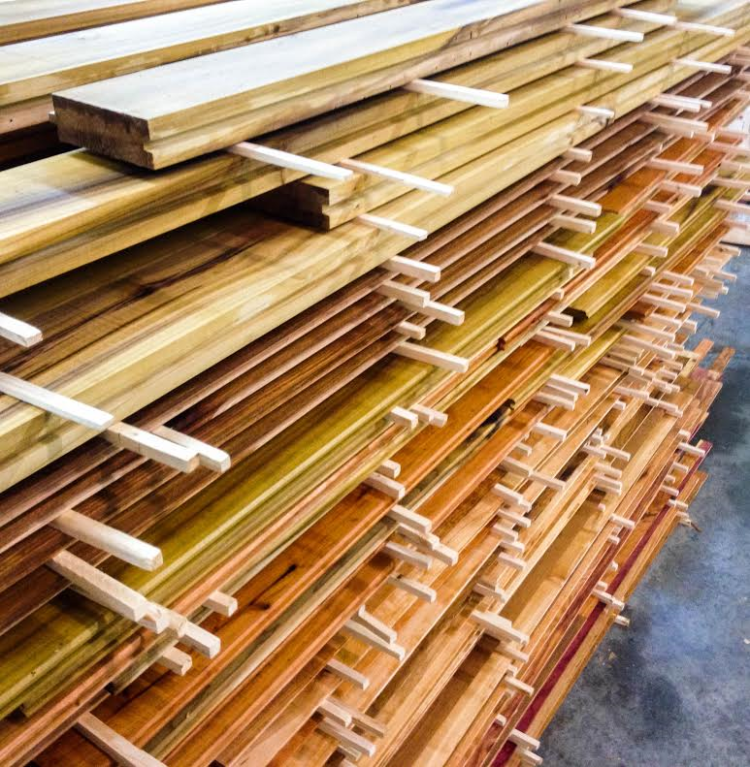
By now, chances are good that someone will simply feel like the right contractor for you; don’t hesitate to work with someone you can easily communicate with and rely on to work well with you, even if they are charging a little more than someone else. Having a house built is a one of the few major financial decisions you will make in life, and the biggest factor involved in whether it goes well or not, is how well you get along with your builder.

Keep in mind that successful contractors want satisfied customers, but they struggle with fickle folks who change their minds after work has been finished, (and then wrongly want to blame it on the builder). After putting your contractors through the ringer, the least you can do is treat them fairly; and no matter what, when problems arise during construction, (and they will,) things are way more likely to turn out in your favor if you have taken the time to establish a good relationship with the people who are helping you to realize your tiny house dreams.
Bonus: Consider buying an existing tiny house

There are scads of beautiful tiny homes available on the market right now, all around the country – your perfect little house could be waiting for you even as you read these words, and you might be able to move in and settle down in the time it would take you just to sign the contract on a new construction project. If you’re interested in considering this option, check out this article on the best online sources for tiny houses for sale.

Alternatively, if you’re weighing the pros and cons of building a tiny home for yourself, versus having one built for you, you could benefit from taking some time to visit a few small houses in person. There are more than a dozen tiny houses in the village where I live, ranging from high-efficiency dwellings using modern materials, to a recycled school bus, to living roof eco-cottages made of wood and clay. We host hundreds of visitors every year, and we would love to spend some time with you soon. Check out this webpage to learn more.


Thank you Collin for writing this informative article. I unfortunately hired a tiny house builder in Oregon 2 years ago, paid them 21,000$ and I still have nothing to show for it. A two year litigation and he’s still building tiny houses! One thing I would like to note – we hired our builder as a licensed contractor. However, 8 months after we filed a complaint with the CCB to obtain his bond we were told, we were not eligible for his bond because he wasn’t building our tiny house on our property he was building it in his shop and we were not eligible for the bond… period. Just another factor to keep in mind.
I will be speaking at the 2016 National Tiny House Jamboree about this very subject,”Buyer Beware”. This is a focus topic that needs to be shared and discussed throughout the tiny house community.
For anyone reading this article please follow the steps that Collin has described. I promise you it will save you a lot of money,time,headache,heartbreak, and frustration in the long run. Take it from someone that’s been there, the tiny house industry is growing rapidly and we see new tiny house builders popping up all over the country. So, take your time and DO YOUR HOMEWORK!
Interesting to read your blog about tiny house building. We’re conventional house builders who specialize in extensions and loft conversions and much of what you write applies to conventional buildings, not just tiny houses.
But we’re interested in looking at different types of construction for these smaller buildings and perhaps taking on a few projects. I’ll be spending time going through your website later to gain more inspiration.
Incidentially, we’re in the UK, so although small isn’t really a new concept to us (after all most of our houses are tiny compared to US homes), the terminology is something I’ve not come across before. We tend to refer to them as garden buildings!
Thanks for putting together such an informative website.
It can be considered as a good project regarding technology. Moreover as my personal interest is robotics so it will help a lot in gaining practical knowledge. But the components aren’t easily available. Please provide the details if components can be buyed online?
the BBB is nothing more than a paid endorsement they need to be marked off of this list
I really like your tip about asking your friends and neighbors who they have used as builders in the past. I realize that you wrote this article with tiny houses in mind, but I imagine that the same principle can be applied to all sorts of home builders. It would seem to be the best idea to ask fro referrals only from people who are like minded in their home desires.
It is good to know that one should find at least three potential contractors that they are willing to work with before hiring. I am glad to know that scheduling face to fact meetings can be beneficial in helping you find the right fit. Another thing to look for would be to find a contractor who has worked with projects similar to yours before for increased success.
I think best ways to choose for those who worked already in house construction that is best way to find the builders
Word of mouth is very important. We get a lot of our customers through word of mouth, so talk to your friends and acquaintances that have a tiny house to see who they would recommend!
So I didn’t see any information one way or the other on TH Inspection and Certification Services or making sure that you have a CPI designated inspector performing all inspections on the home. Having a specific certification enables more placement, lending/financing and insurance options. I have met multiple TH owners say that they regret not knowing about inspecting & certifying their TH prior to purchase.
Thanks for these tips on how to find a good general contractor. I agree that you want to consider interviewing them and asking a few questions. My husband and I are looking for a contractor, so we’ll have to check their qualifications first.
Thanks for these tips on how to find a good home builder. I agree that you want to make a list of different builder in order to know they are qualified. My husband and I are looking for a home builder, so we’ll have to check their qualifications.
My spouse and I have a piece of land that we want to start developing soon. It would be great if we could start breaking ground on two smaller homes that our families could stay. I really like your idea to prepare some questions for the contractors so that we can find the best one.
I agree that having a builder that would communicate with you often would be useful. I definitely would like to have some updates on how the construction is going so I can know about any issues. I should make sure to get someone that will do a good job of keeping me updated if I decide to have a tiny house built.